On January 30th and 31st the TBI field school students were able to take part in a historically important effort across Kenya. The Great Grevy’s Rally is part of a huge attempt to help stop declining population numbers of the endangered Grevy’s Zebra (Equus grevyi).

A mother and infant Grevy’s zebra pose for a photo.
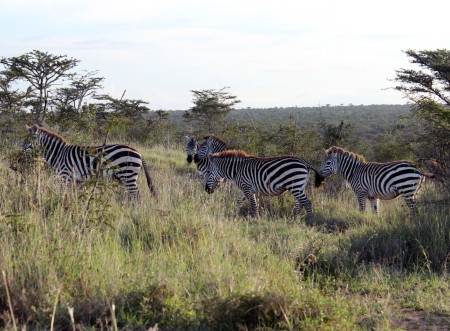
A few Plains zebra during golden hour. Note their thicker stripes that cover their whole bodies, and their smaller ears.
In the late 1970’s there were 15,000 individuals in the Grevy’s population, but today there could be less than 2,500. These animals are distinguishable from the Plains zebra (Equus quagga) by their large size, white bellies, narrower black and white stripes, and their big rounded ears.
Plains and Grevy’s zebras have different livelihoods. Plains zebras are able to live in a wide range of habitats across eastern and southern Africa. In contrast, the Grevy’s zebra is specialized to live in more arid (drier) environments. Originally the Grevy’s zebra lived in areas north of Kenya (e.g., Sudan). However, recent human herding activity and climate change has driven the Grevy zebra population into more southern regions. One of those areas is Laikipia, where Mpala is situated.
It is often the case that when a new species of animal enters a new ecosystem, it encounters competition with existing species in that area. The case of the Plains and Grevy’s zebras is no different. Not only do the two species have to compete for food resources, the social structures of these two populations are entirely different as well. These differences end up influencing disproportionate predation susceptibility and survival of the two species.
The Plains zebra social structure is a closed membership system organized around a family group. One male forms a family group with several mothers and infants. There are many males who fail to create a family, forming bachelor groups. The bachelors place pressure on stallions with families because they are always trying to steal mates. In response, stallions must reward bonded females by protecting them in places with good food resources for longer periods of time. The males are vigilant, keeping check on cuckoldry and on predators. Strong stallions enable more Plains zebra infants to reach post-weaning ages.
On the other hand, the Grevy’s zebra social structure involves fission and fusion. Males still mate with several different females, but no single female is strongly bonded to any male. Females move around, have multiple male partners, and have open group memberships. Sometimes there are large aggregations of animals, and at other times they fission into smaller groups.
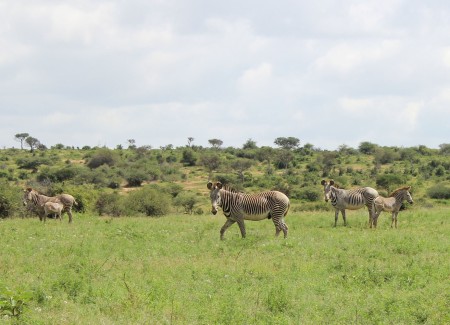
A family group of Grevy’s zebra – male, females and juveniles.
Why such a big difference in these social structures? It mostly comes down to ecology and food sources. When food sources are abundant, the Grevy’s stallions will protect the area to allow females to graze longer so they can mate with them. As high quality food dries out with aridity, food sources are more patchy. Female Grevy’s need to stay close to water so that their young can drink frequently. Those nursing females stay close to water sources – meanwhile, other females have to travel to other locations to find viable food patches. This results in males declaring territories near water, so that the females near water will bond and those females who travel out to food and back to water will also pass by with an opportunity to mate. These males patrol a huge territory, leaving females and infants near water vulnerable to predation. Lions have figured out that these weaning females and infants are near water, and will hunt them. In fact, %50 of lion scat contains Grevy’s zebra, even though they only make up %25 of the zebra population at Mpala. This means that there is disproportionate predation on Grevy’s zebras.
We know that the population numbers of Grevy’s zebras are few. However, scientists cannot yet determine the population structure (how many adults, infants, etc.) to understand whether the population is stable or declining. Getting at population structure is not possible without accurate census data of the animal population.
This is where the Great Grevy’s Rally comes in. Prof. Daniel Rubenstein (Princeton University) and a team of scientists developed a feasible plan for collecting census data on the Grevy’s zebra. As you can imagine, it could take an extremely long time to count every animal in any region, let alone the entire country of Kenya!
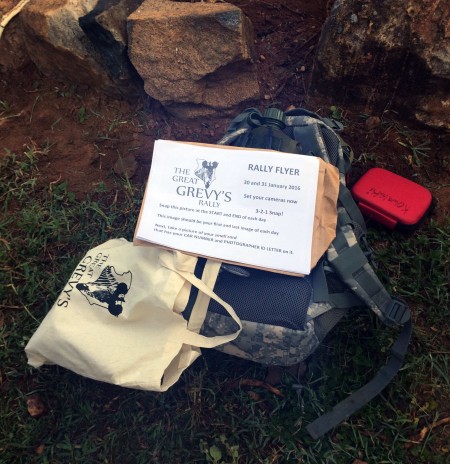
Each team van had one lucky TBI student photographer who used a GPS camera to capture and record the zebras and their movements.
The approach uses a software (created by scientists from many different universities and research institutions) called “Image Based Ecological Information System” (IBEIS) that uses pattern recognition to create identities of animals using simple photographs. The algorithm sifts through thousands of photos, creating individual identifications and accounting for new photos of animals that have already been identified. Each zebra has a unique pattern of stripes on their body, so that the software can identify them. These photos contain a lot of data – behavior, age, health, identification – providing a priceless resource of scientists in the future.
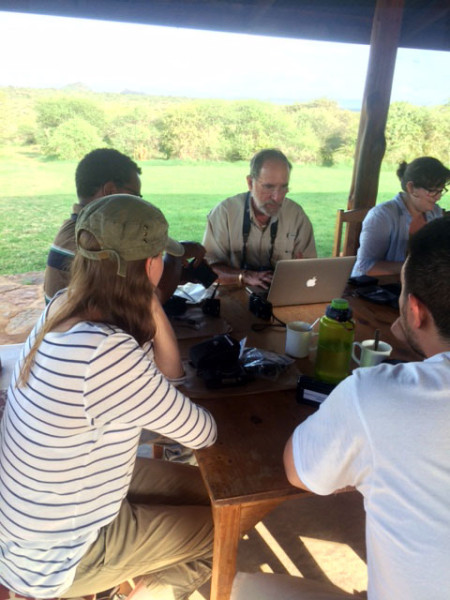
The TBI students and I compiled all of our photographic data and gave it to Prof. Rubenstein. We look forward to seeing the final results of the census!
Mpala Research Center is one of the many important collaborators on this incredible project – hosting volunteers and generating great population data. Dr. Dino Martins, our Ecology Module instructor, worked tirelessly to facilitate this effort along with the Mpala staff. On January 30th and 31st, hundreds of people across the country set out with specialized GPS cameras to take photos (while also recording locations and movements) of Grevy’s zebras. We call this approach “citizen science”. It engages the public in scientific research, wildlife awareness, and community building. The team of scientists will take the next month or so to work through the data collected in order to get an accurate population size and structure estimate. This basic data is essential to understanding how to stabilize the endangered Grevy’s zebra population for future generations.
The Great Grevy’s Rally brought hundreds of people together – promoting the importance of wildlife and its conservation. Many young school children were able to participate, inspiring future generations in these communities to help protect the environment and its wildlife. All of us in the TBI field school were so honored to take part in this incredible project while at Mpala.
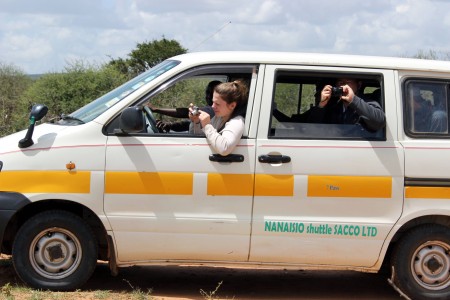
Joe! You’re supposed to be taking photos of zebras, not us.
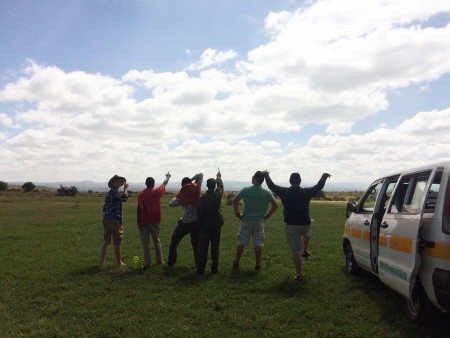
The TBI students were very excited to take part in such an important conservation effort.
The TBI students were so fortunate to meet and dine with the US Ambassador to Kenya after the first day of the census. We had the opportunity to discuss conservation in Kenya and our plans for future studies and careers. Yet another event that we will never forget!
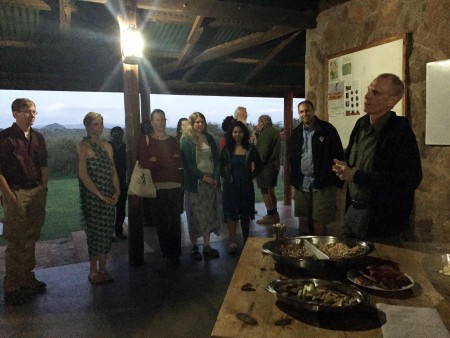
The US Ambassador to Kenya gave all of us at Mpala a wonderful speech about the importance of the Great Grevy’s Rally and wildlife conservation.
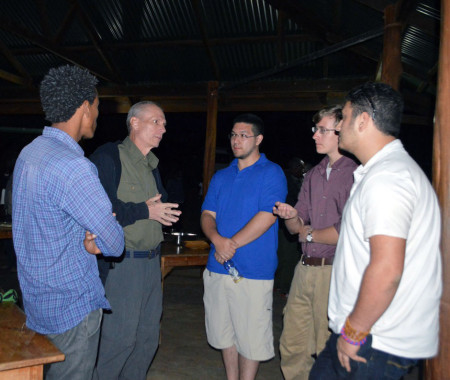
TBI students had the opportunity to have conversations with the ambassador (Photo by Martha N. Mutiso).
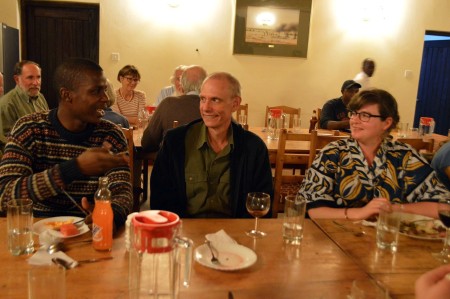
Kenyan and North American graduate students (myself included) had the opportunity to discuss policy and research with the ambassador at dinner (Photo by Martha N. Mutiso).
Stay tuned for updates on our travels to TBI Ileret in Turkana and the continuation of our Ecology module…





